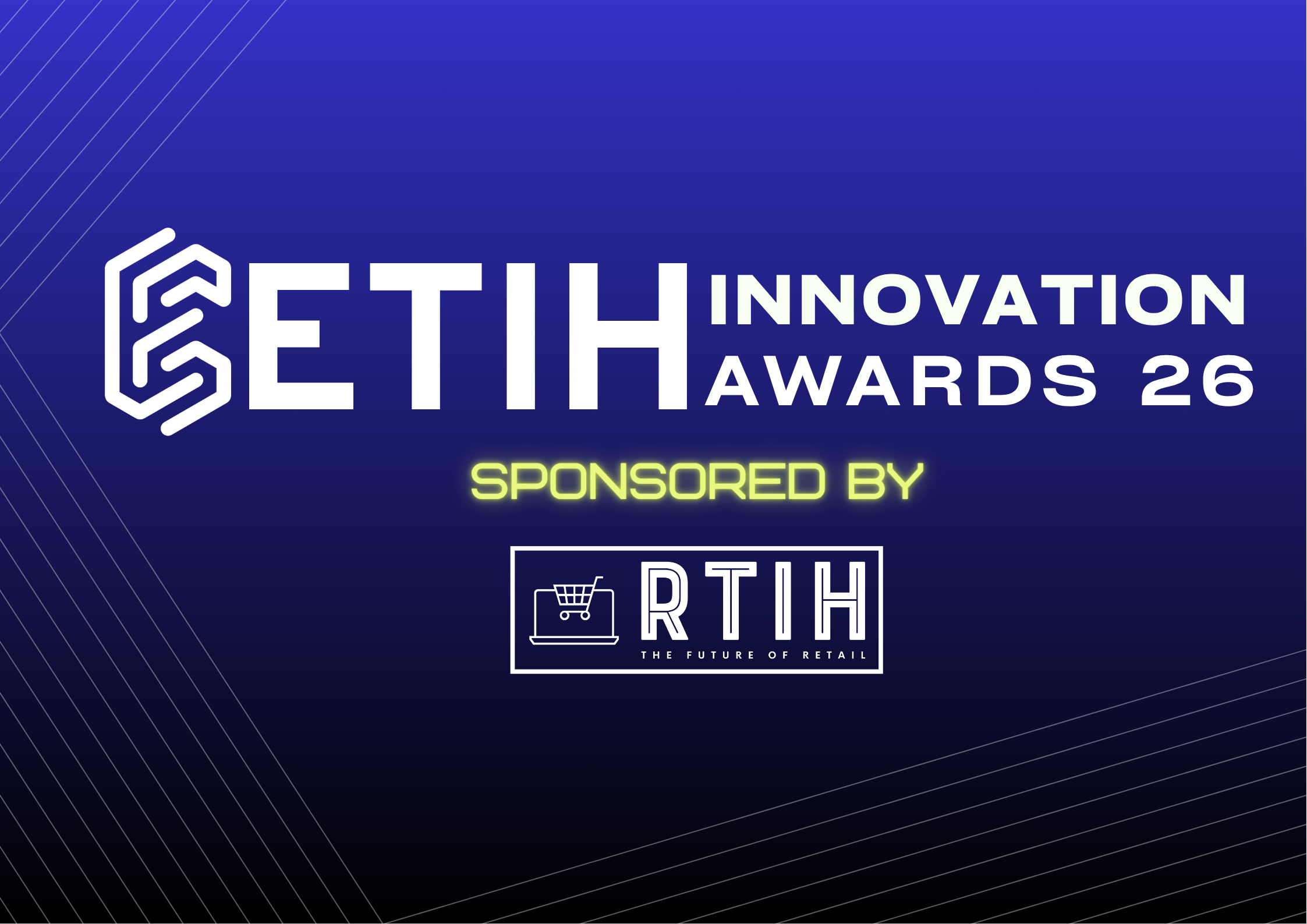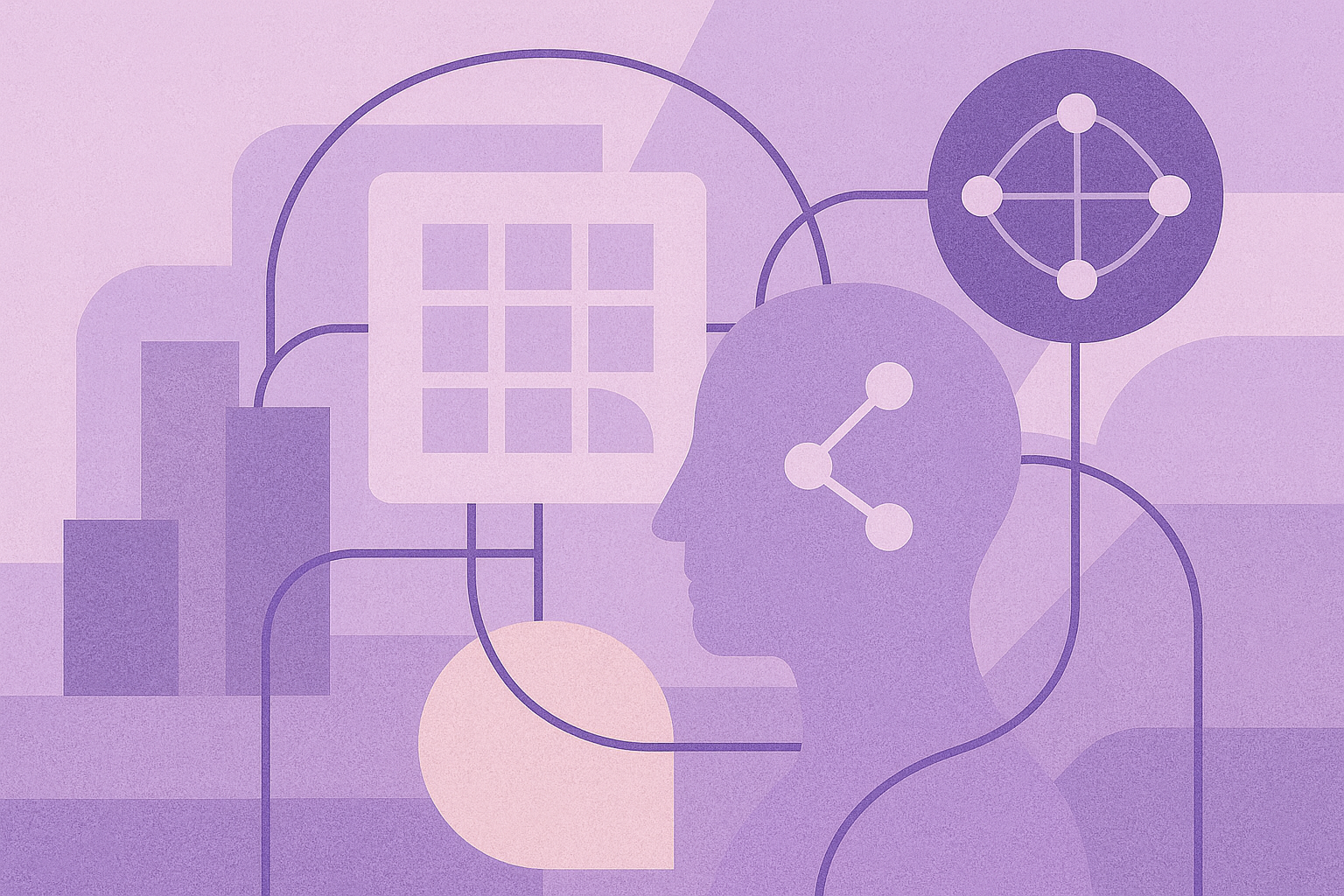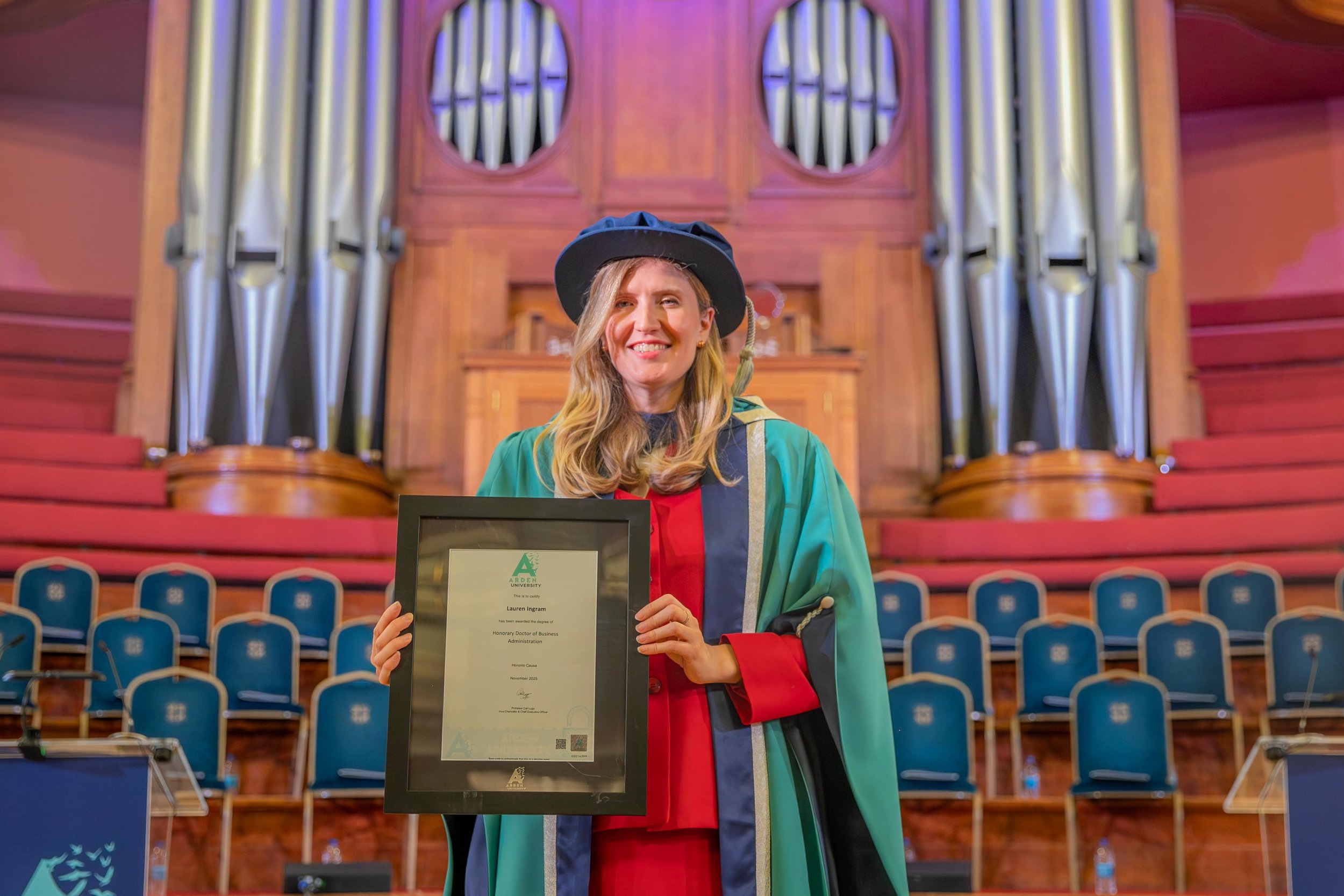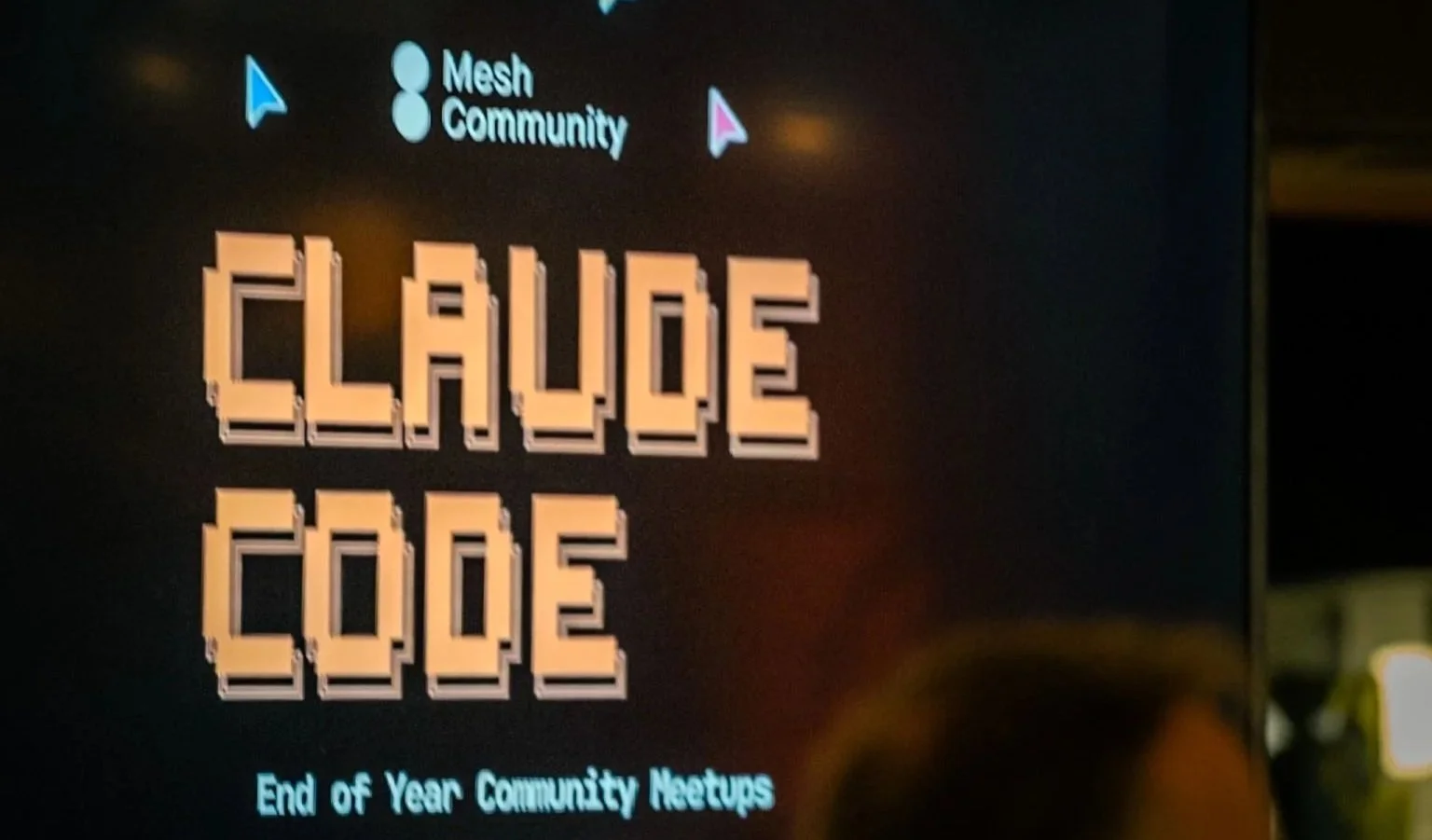EdTech stories of the month: Google expands AI learning, OpenAI shapes the future, Microsoft faces pushback
From Gemini integration in Miami classrooms to OpenAI’s Workforce Blueprint and Perplexity’s new language learning feature, October brought a mix of innovation, investment, and debate across the global EdTech sector.
October saw some of the biggest names in technology and education take bold steps in shaping the next phase of learning. Google expanded its Gemini partnership across Miami-Dade schools, Microsoft launched its new Copilot Teach module to mixed reviews, and OpenAI released a Workforce Blueprint aimed at preparing workers for an AI-powered economy.
Perplexity entered the language learning space, NVIDIA advanced AI apprenticeships in the UK, and Mastercard explored how modernized payments can transform the student experience. Together, this month’s top ten stories capture a rapidly evolving EdTech landscape balancing opportunity, disruption, and the growing need for responsible integration.
10. Google and Miami-Dade schools expand AI learning through Gemini integration
In at number ten, Google takes another step into education with a large-scale Gemini rollout across Miami-Dade County Public Schools and Miami Dade College. The partnership gives 100,000 students access to Gemini for Education and trains 18,000 teachers through new AI certification programs. Beyond classrooms, the collaboration introduces workforce initiatives backed by Google Cloud and a $2 million investment in community college AI training.
9. Chegg CEO Nathan Schultz steps down as company restructures and refocuses on skilling market
Taking the ninth spot, Chegg reshapes its future with a major leadership change and a pivot toward enterprise learning. As Nathan Schultz steps down, returning CEO Dan Rosensweig steers the company toward AI-powered workforce training and expanded enterprise services through Chegg Skills and Busuu. With cost reductions, new business lines, and a $40 billion skilling market in sight, Chegg’s transformation reflects how legacy EdTech firms are betting big on lifelong learning.
8. JEGI Leonis’ Robert Koven explains how macroeconomic trends are reshaping the EdTech investment space
At number eight, investment takes the spotlight. In conversation with ETIH, Robert Koven of JEGI Leonis offers a candid look at how global market shifts are shaping education funding. From budget tightening in higher education to surging demand for corporate upskilling and cybersecurity training, Koven notes that while venture funding has slowed, investor interest in EdTech efficiency and AI remains strong. The takeaway? Smart capital is still flowing, just with sharper focus and fewer risks.
7. NVIDIA partners with QA on AI apprenticeships following pledge to train 100,000 UK developers by 2030
AI is back again at number seven, this time with NVIDIA joining forces with UK training provider QA to build the country’s AI talent pipeline. The collaboration delivers training through the NVIDIA Deep Learning Institute and integrates Microsoft Copilot learning across all apprenticeship programs. Supporting the UK Government’s AI Skills Action Plan, this initiative reinforces the nation’s ambition to become a global AI leader, one learner, developer, and coder at a time.
6. OpenAI launches in-chat apps and SDK as Coursera joins first wave of ChatGPT integrations
At number six, OpenAI continues to blur the line between learning and automation. The company launched a new generation of in-chat apps within ChatGPT alongside its Apps SDK, opening the door for developers to create interactive tools directly inside the platform. Early partners include Booking.com, Canva, and Coursera, the latter becoming the first education partner to integrate learning modules into ChatGPT. With 800 million users already on board, OpenAI is setting the stage for a full-scale app ecosystem where curiosity and education meet inside the chat window.
5. Microsoft launches new Teach AI tool in Copilot app to mixed reviews from educators
Kicking off the top five, Microsoft rolls out its new Teach module in the Microsoft 365 Copilot app, an AI-powered tool designed to help teachers create lesson plans, quizzes, and rubrics aligned to global education standards. While the company framed it as a time-saving breakthrough, early reactions from educators were divided. Some praised its potential to streamline workload, while others warned that the tool risks oversimplifying pedagogy and reducing learners to passive participants. The debate signals a wider question across EdTech this month, how far should AI shape the classroom, and how much should teachers push back?
4. Mastercard’s Anouska Ladds explains how modernized payments are delivering benefits to students and institutions
Taking the fourth spot, Mastercard brings the focus to financial inclusion and student experience. In an exclusive ETIH interview, Anouska Ladds, Executive Vice President at Mastercard, explains how modernized payment systems are transforming tuition transactions across Asia Pacific. Through its Mastercard Move platform, the company aims to make education payments faster, more transparent, and more secure, helping universities streamline cross-border fees and giving families peace of mind. It’s a reminder that sometimes innovation in education isn’t about content, it’s about access.
3. OpenAI details Workforce Blueprint to prepare workers for the AI-powered economy
AI is back again at number three, as OpenAI outlines its Workforce Blueprint, a global plan to help governments, businesses, and educators prepare for an AI-driven future. The framework includes new initiatives such as OpenAI Academy and OpenAI Certifications, designed to train and credential workers in AI literacy and productivity. Chief economist Ronnie Chatterji says the aim is to ensure AI acts as an “enabler, not a replacer.” With programs linking datacenter investment to community education, the Blueprint pushes for a shared approach to economic adaptation in the age of automation.
2. Perplexity introduces new language learning feature for iOS and web users that could rival Duolingo
In second place, Perplexity expands beyond Q&A into active learning with a new AI-driven language feature that helps users practice vocabulary, pronunciation, and everyday conversation. Available now on iOS and web, the update introduces a more interactive, card-based experience that feels closer to a tutor than a chatbot. It’s a move that positions Perplexity alongside Duolingo in the growing AI language learning market, and shows how AI is becoming more personal, practical, and learner-led.
1. OpenAI highlights classroom uses of ChatGPT in new teacher-led collection
Topping this month’s list, OpenAI turns the spotlight back to educators with Chats for High School Teachers, a teacher-written collection of ChatGPT classroom examples. The resource showcases how real teachers are using AI for lesson planning, feedback, and curriculum design across subjects from math to visual arts. By foregrounding authentic classroom use, the project bridges the gap between tech design and pedagogy, offering a counterpoint to the ongoing debate sparked by Microsoft’s Teach tool. October, it seems, was the month when teachers took back the mic in the AI classroom conversation.
























